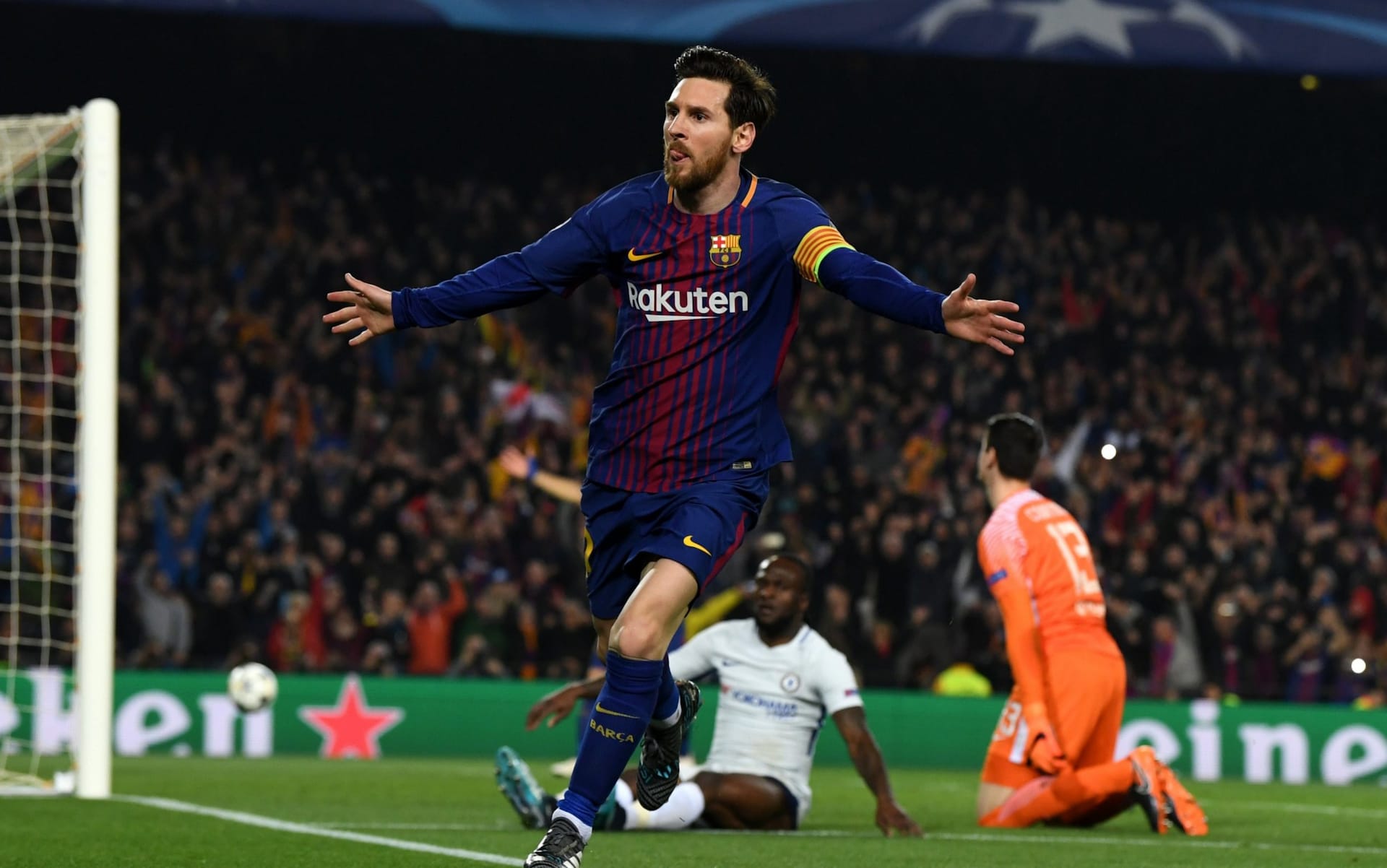1) Intelligence. Perhaps more than any other of his numerous qualities, Messi is unique for his blend of intelligence and perceptiveness as both a creator and scorer of goals. The little Argentine’s decision-making between passing and shooting is especially clear in cases of an onrushing goalkeeper.
Similarly How can I shoot like Messi?
How does Messi kick? Messi’s leg when taking a free-kick has an angle of 50 degrees. He plants almost his entire boot on the ground before hitting the ball, giving him stability and control in the shot. Then, to improve his accuracy, Messi arches his shoulders and chest to caress the ball, hunching his body to a more compact position.
Additionally, How many yards is a free kick?
at least 9.15 m (10 yds) from the ball, unless they are on their own goal line between the goalposts.
How do you kick a knuckle?
How do you take a freekick?
What is the speed of Messi? The World’s 10 Fastest Players
| Player | Country | Speed |
|---|---|---|
| Pierre-Emerick Aubameyang | Gabón | 34,60 km/h |
| Cristiano Ronaldo | Portugal | 33,60 km/h |
| Theo Walcott | England | 32,70 km/h |
| Leo Messi | Argentina | 32,50 km/h |
• Feb 14, 2017
How does Lionel Messi dribble? Basically, to juke out a defender, Messi takes one stutter-step in the fake direction, feints, and then dribbles in the opposite with the outside of his foot. Approach the defender slowly. Messi brings the defender in and forces him to reveal his hand and make a mistake before blowing past them finding space.
What does penalty mean in football?
In gridiron football, a penalty is a sanction called against a team for a violation of the rules, called a foul. Officials initially signal penalties by tossing a bright yellow (American football) or orange (Canadian football) colored penalty flag onto the field toward or at the spot of a foul.
Are you allowed to fake a penalty kick? The ball is placed on the penalty mark, regardless of where in the penalty area the foul occurred. … The kicker may make feinting (deceptive or distracting) movements during the run-up to the ball, but may not do so once the run-up is completed. The ball must be stationary before the kick, and it must be kicked forward.
How long is extra time in football?
Some football matches need to crown a winner on the day. If necessary, a game can continue in extra time (2x 15 minutes) if the initial 90-minutes ended in a draw. If the score is still tied after extra time, the match will commonly be decided in a penalty shootout.
How do you shoot like a cr7?
How do you shoot a freekick?
Who invented knuckleball?
Toad Ramsey invented the knuckleball.
How do you play football?
How do you curve a ball?
How do you curl a ball?
Who’s faster Ronaldo or Neymar? Neymar da Silva Santos Júnior, commonly known as Neymar Jr. or simply Neymar, is a Brazilian professional footballer who plays as a forward for French club Paris Saint-Germain and the Brazil national team. According to FIFA, Cristiano Ronaldo’s fastest speed is 31 km/hr. …
Is Mbappe faster than Usain Bolt?
Mbappe’s top speed of 23.6 mph is not sustainable during the course of 100 metres. If Mbappe did run the entire 100 metres at the same rate, he’ll break the current world record of 9.58 seconds (held by Bolt) and finish the distance in 9.49 seconds.
How do you draw Messi?
Can you kick the ball twice in football?
A: « If the ball stays behind the line of scrimmage, the punting team can recover and legally punt the ball again. They could also try to run for a first down. The punt just needs to be a legal punt by rule. »
What is red card in football? The red card is used by the officials to remove a player from the match. It means the automatic ejection of the player and that the player’s team will remain shorthanded for the remainder of the match. … Or the referee can go directly to the red card if a players behavior or conduct is unacceptable.
Can a goalkeeper move during a penalty?
Penalty kicks are conceded when a defended player fouls or commits a handball inside the 18 yard box (commonly known as the penalty box). Goalies must keep their feet on the goal line and not move until the ball is kicked. Referees allow them some leeway, particularly in the sideways direction.





